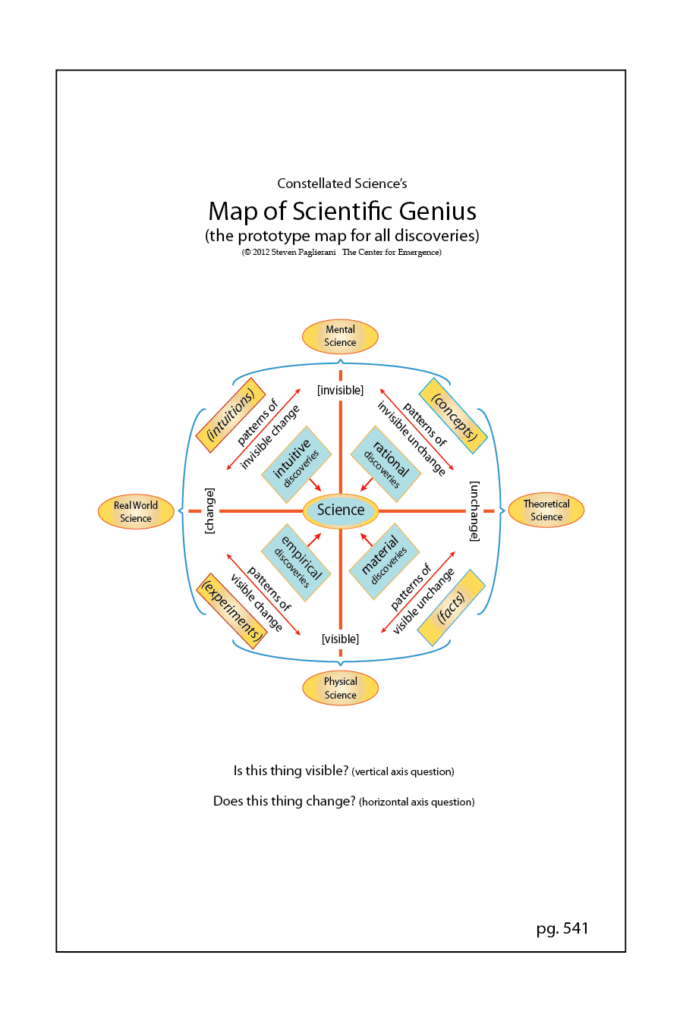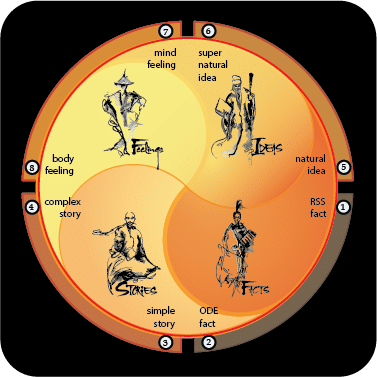Is “Evolution” Considered a Fact?
Please forgive my lack of commentary on the OP’s question. As I see it, this question – whether evolution is real – has already been answered quite eloquently. My interest here stems from Arnold’s rather astute comment; that most people fail to define the term “fact.” As well as from Paul’s seriously intelligent attempt to do just this (I applaud you Paul for even knowing this is necessary).
The thing is, having read through these answers (and at the risk of provoking a riotously good discussion), I would claim this term has never been properly defined, at least not scientifically. But I would then add that a way to do this does exist. More on this in a moment.
As for the myriad failed attempts to define facts, Wittgenstein, arguably the most acerbic critic of language to ever live, claimed they could not be defined; that language was incapable of this type of precision. And I agree, at least with regard to language alone. That those brave enough to attempt this generally need to include copious, ad hoc clarifications as to what they mean by the term fact only supports these assertions. This and the idea that people (and dictionaries) on the one hand claim facts are “true,” but then claim facts can change.
Much support for this latter idea exists in Ludwig Fleck’s 1935 monograph; The Genesis and Development of a Scientific Fact. Fleck claims [1] scientific authorities announce something is a fact, then [2] they teach these “facts” to their disciples, and finally [3] the general public simply parrots these “facts.” Kuhn is reported to have read Fleck’s monograph only after writing his 1962 book, On the Structure of Scientific Revolutions. This said, he does mention it in his preface. Thus based on the fact that he includes it in his book, I’d guess, he must have agreed.
Do facts get born and then develop? Amazingly, for most people, it seems they do. But should they? Or is this simply the evidence for one of science’s more fatal flaws – it’s reliance on dictionary-type definitions which allow after-the-fact fudging of answers? In other words, in science, shouldn’t a fact stay a fact . . . , once a fact, always a fact? Or is it okay for science to claim something is a fact, then later claim this fact is a non-fact? Oops. Isn’t the idea of a once correct but now incorrect “fact,” an oxymoron?
Before I offer a solution, I further want to compliment Paul for defining facts as “confirmed observations.” Given the ambiguity inherent in language, this is a valiant attempt. Unfortunately, his definition includes the idea that people once used “confirmed observations”; that the stars in the night sky do not change position, as proof the earth was the center of the universe. Yet another example of the loopholes which exist in a scientific method which at times relies too much on language alone.

At this point, I must again beg your forgiveness for what is turning out to be a diatribe. No doubt, my Asperger’s compelling me to be crazy yet again.
As for the drawing, it’s an example of what I call, “logical geometry.” Logical geometry offers a way to scientifically define terms once and for all. Here, by “define,” I mean it describes the absolute, theoretical limits of a term (what is to be included vs what is to be excluded). It also does this in such a way as to make these two things (the inclusions & the exclusions) sum to all possibilities.
In addition, each exclusion must fall into one and only one of three possible complementary opposites to the term defined. Moreover, these exclusions must occur both semantically and geometrically. No exceptions allowed.
Finally, all terms must precisely define what the real world measure of this thing is, with no exceptions and no ambiguity.
Can my little drawing do all this for the term, facts?
If you look at the lower right quadrant, you’ll find it – by logical placement and semantic counter-references – defines the term “facts.” Here facts are anything which is visible AND unchanging. The results of a horse race. The date of your wedding anniversary. The observation that a candle is lit in a specific time and place.
This is further made definite by what facts are not.
Facts are not invisible AND unchanging. Invisible unchange defines concepts (scientific ideas). Horse races have winners. Married people have wedding anniversaries. Candles may be lit in a specific time and place.
Facts are also not visible AND changing. Visible change is what defines experiments (scientific stories). [1] A specific horse is registered at a specific time and place to run in a specific race on a specific day. [2] Said horse then runs said race. [3] Said horse then wins said race. (Yea! The experiment succeeded!)
Finally, facts are not invisible AND changing. Invisible change is intuition. I feel I should bet on said horse in said race even though I don’t know the first thing about horse races and have no facts, experiments, or theories.
At this point, I am sure I’ve bored you to death. However, I sincerely welcome any honestly scientific attempts to find flaws in this logical construction. No ad hominem attacks, please.
BTW, per my definitions, the observations scientists make – such as where and when specific fossils get found – are facts. The idea that these finds prove evolution is a concept (the idea that facts prove theories). These finds (facts) plus these concepts (such as that facts prove theories) together describe Darwin’s thoughts (theory) as to what the term evolution means to him. Creationists use the same facts, but change the concepts, thus arriving at different theories.
And no, I don’t equate these two things, not on my worst day.
